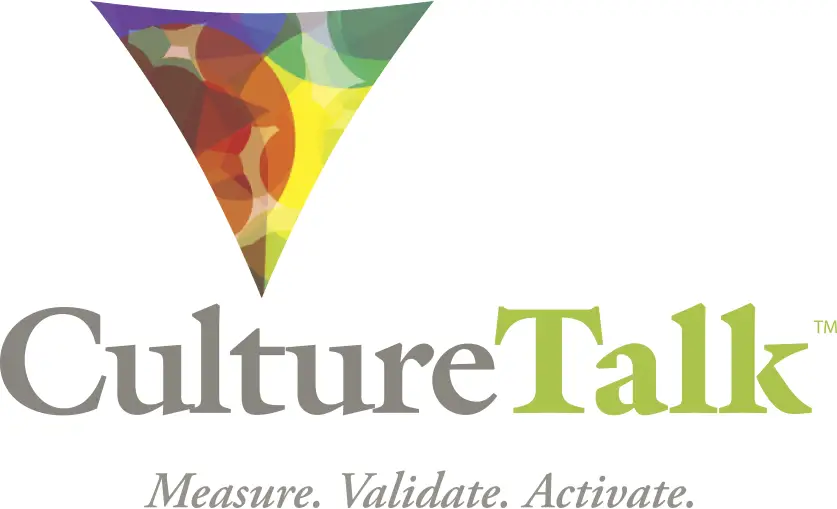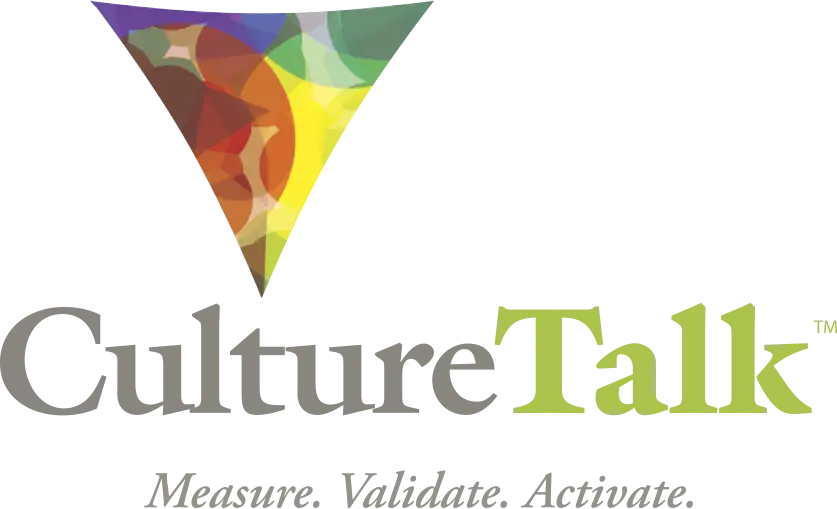Team Coaching with Narrative Intelligence
- April 17, 2025
- 12:31 pm
- Theresa Agresta
Every team tells a story
From their triumphs to their challenges, a team’s narrative shapes its identity, influences its decisions, and sets the tone for its culture. But what if we could consciously shape those stories? What if narrative could become a tool—not just for reflection, but for growth, collaboration, and resilience? That’s where the art and science of storytelling meet the concept of Narrative Intelligence, unlocking new perspectives and possibilities.
At its core, storytelling isn’t just entertainment; it’s how humans have always made sense of their world. Shared stories build bonds and transfer wisdom. For teams, storytelling is more than a communication tactic; it’s a framework for understanding dynamics, resolving conflicts, and strengthening interpersonal connections.
The powerful blend of storytelling and Narrative Intelligence gives teams the tools to rethink challenges as opportunities and reshape the narratives holding them back.
The opportunity to wield storytelling effectively lies at the intersection of awareness and skill.
What is Narrative Intelligence?
Picture this. Two departments tasked with working on common projects bump into recurring issues. The creative and operations teams struggle to align priorities. To one side, it feels like every creative idea is stifled with demands for practicality. To the other, it feels like chaos reigns, with no structure to ground their work. Both sides have a narrative about the other, and neither feels seen, heard, or understood.
That’s where the idea of Narrative Intelligence steps in. At its core, Narrative Intelligence is the ability to recognize, interpret, and reshape the stories we tell ourselves and others. It’s about looking beyond the surface of team dynamics to identify the narratives fueling them. Whose story is guiding the team? Which assumptions are driving conflict or fostering connection?
Narrative Intelligence invites teams to rewrite these scripts by uncovering shared values or aligning competing priorities.
Why Storytelling Changes the Game
Storytelling in teams is so much more than a motivational speech or neatly packaged anecdotes in meetings. At its best, storytelling calls people into alignment. It’s about taking complex experiences and making them relatable, knit together by shared understanding.
Consider this example. A team facing rapid turnover might tell themselves, albeit silently, that leadership doesn’t care about their well-being. This story fosters disengagement and mistrust. But with the right intervention, like uncovering stories of resilience and impact within the team, the narrative can shift. Reframing what’s happening helps the team identify where opportunities to grow and reconnect exist.
When combined with Narrative Intelligence, storytelling becomes a tool to both unpack who the team is today and shape who they want to become tomorrow.
Stories stick where numbers, rules, and policies often fail to resonate.
How do Archetypes Equip Teams?
Using Archetype storylines as the foundation to create a shared language, the CultureTalk platform, training and workshops take the concepts of storytelling and Narrative Intelligence and turn them into actionable tools for leaders, coaches, and consultants.
If the term “archetype” feels a little abstract, think of it this way. Archetypes are universal patterns that help us understand behaviors, motivations, and relationships. Every team and individual embodies different Archetypes, which can reveal things like dominant communication styles, drivers for success, or even sources of friction.
For example, a team heavily rooted in the Caregiver Archetype may excel in support and empathy but struggle with setting boundaries. On the other hand, a team driven by the Creator Archetype might thrive in innovation but resist structure. The 12-Archetype framework used at CultureTalk helps teams spot these patterns, creating shared language around strengths and shadow behaviors that are deeply human.
CultureTalk trains leaders, coaches, and consultants to assess their teams through these lenses. It teaches them how to harness storytelling to highlight how a team’s collective Archetypes shape their internal narratives, behaviors, and dynamics. Armed with these insights, they can reframe stories and create strategies that fuel better collaboration and resilience.
Building Collaboration Through Shared Narratives
Think about the last great partnership you worked on. What made it click? Often, it’s not purely skills or strategy. At some level, it’s a shared understanding.
Teams perform better when they see themselves as interconnected parts of a whole, rather than competing factions.
This sense of connection is one of the key outcomes of Narrative Intelligence.
The CultureTalk Certification Program teaches this by showing how to surface and align overlapping stories. For instance, imagine two departments in apparent opposition, as in the earlier creative-vs-operations example. By exploring their Archetypes, both teams could uncover where their motivations overlap (perhaps they’re both united by an Explorer desire for discovery) or where complementarity exists.
These insights form the basis of a new, shared narrative, one that focuses on results rather than blame, connection rather than division.
Leaders who learn to steward these processes will see a remarkable shift in how teams communicate. Conversations will evolve from defensive to collaborative. Conflict will lose its edge as opposing perspectives are reframed as valuable diversity of thought.
Resilience Starts With the Stories We Tell
Resilience may be one of the most sought-after qualities in today’s workplace, but it often feels like an elusive trait. When you dig deeper, resilience isn’t just about bouncing back; it’s about the perspective you choose to take when faced with adversity. And perspective is, at its heart, narrative.
Teams that lean into their stories can uncover the meaning behind their struggles. They can find purpose in their challenges, rewriting narratives of frustration into tales of determination and growth.
CultureTalk Archetypes give teams a lens for examining how they respond to stress and where resilience can be reinforced. For example, a team with a strong Hero Archetype might lean into adversity as an opportunity for collective victory. Recognizing this empowers them to double down when confronted with challenges, using their inherent strengths.
The Brave New Future of Your Team
Every team has a story worth telling. But the power lies in understanding it, owning it, and intentionally writing the next chapter.
When leaders invest in storytelling and narrative intelligence, they do more than improve dynamics; they instill purpose and connection into the heart of their teams.
With this clarity and collaboration, resilience becomes second nature rather than the exception.
The CultureTalk Certification Program is a gateway to mastering these tools. It blends assessment data with practical application, enabling leaders and consultants to transform team dynamics at the narrative level. Because in the end, the stories we tell aren’t just reflections of who we are; they shape who we’re capable of becoming.
Your team’s next chapter is waiting to be written. Are you ready to pick up the pen?





